Excerpt from ‘The history of Coerthas, from refuge to Holy See’ by Archon Niniri Niri.
Formed by the legendary Sylvetrel de Dzemael, finest of King Thordan’s spearmen, Dzemael counts itself amongst the four Ishgardian High Houses. Originally a house devoted solely to military matters, the Dzemaels intermarried with the Faurechorts four centuries ago, a minor house famed for their architectural knowledge. Since then, House Dzemael has been the premier architect of Ishgard, and has increased in influence considerably, their maxim ‘by the hundredth blow’ echoing across Ishgard’s fortifications. Count Tarresson Dzemael, the now-retired leader of the house, had a true passion for architecture, though his attempt to create what would be his magnum opus ended in failure, resulting in him renouncing his title.
The Dzemael Darkhold was intended to be a grand refuge for those seeking safety from the Dravanian Horde, built in a system of already existing caves. Construction began soon before the Seventh Umbral Calamity, but before long the construction uncovered a rift to the void, from whence an army of Voidsent emerged. To make matters worse, the upper reaches of the Darkhold were occupied by Garlean forces while the Dzemael garrison was in disarray. In an effort to make his name the young Artoriel de Fortemps, heir to the High House of Fortempts, led a force to purge the Darkhold of its Garlean occupiers. Brave, intelligent and devoted, Artoriel succeeded in slaying the Imperial forces, but found his knights unable to make a dent upon the voidsent further in. Almost immediately afterwards the Seventh Umbral Calamity hit, precluding any further efforts until a group of adventurers, rumored to be led by the famed Warrior of Light, cleansed the Darkhold years later.
The Outer Hold
Upon entering the Darkhold, the half-finished construction of the complex was immediately apparent to the team. Half-constructed walls covered the cave sides, and the entryway of the hold open to a simply vast cavern, stretching off into pitch blackness and containing a sizeable subterranean river. Various structures, seemingly built for storage purposes by House Dzemael, dotted the area and further within are outcroppings of crystal which seem to swathe those near them in a ward of protective aether.
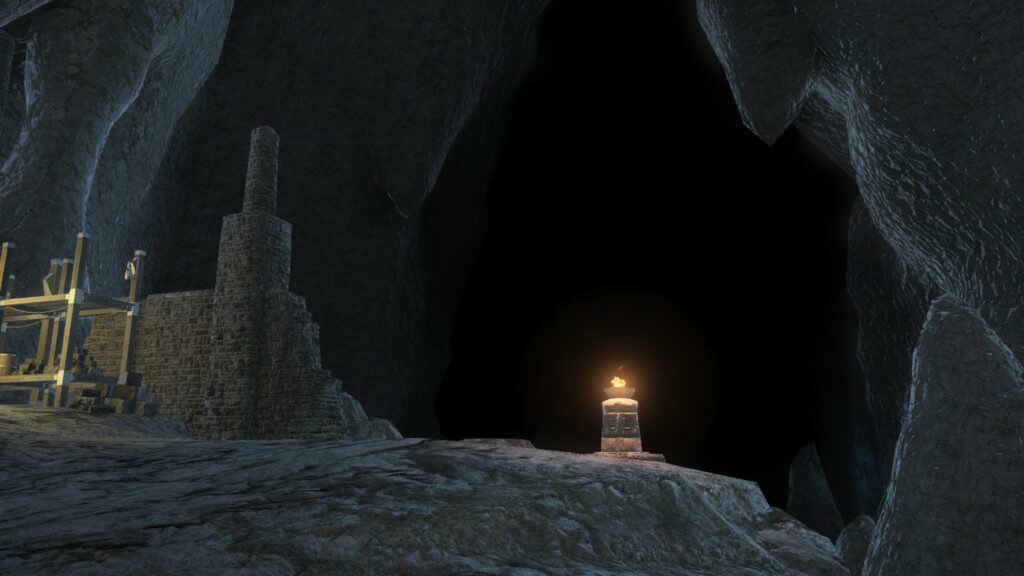
The Guardhouse
Although this was likely once intended to be a fortified structure home to the garrison of the Darkhold, protecting the deeper reaches, it was barely under construction by the time the team arrived there.
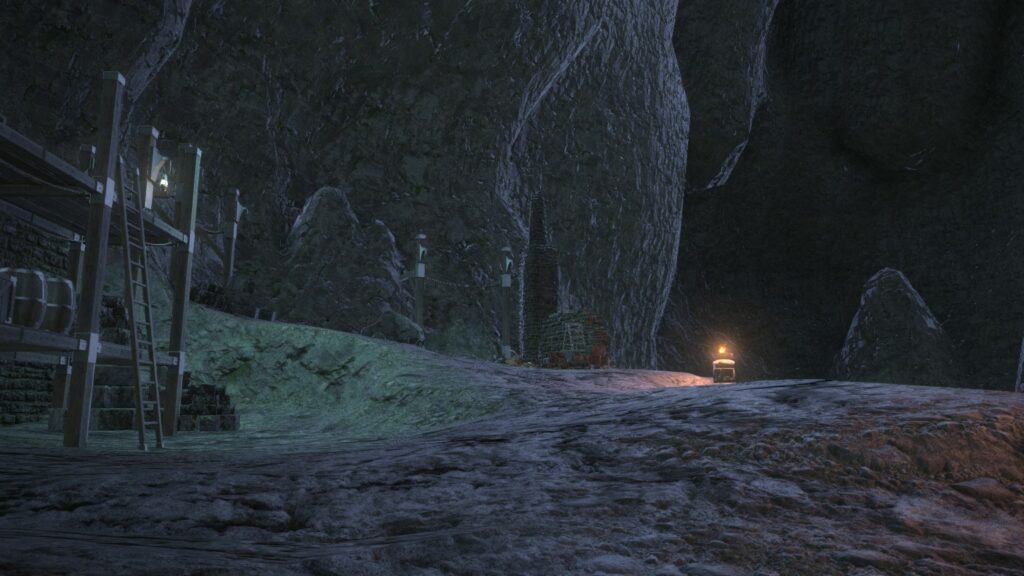
The Chocobo Stables
Yet another incomplete chamber within the Darkhold, this was intended to house the chocobo of the Dzemael garrison, away from the flames of the Horde. A natural pool of water found in the room when the team arrived was likely intended as a water source for the Ishgardian mounts. In order to access this chamber, it is reported that the adventurers used a magitek terminal, likely installed by the Garlean occupiers.
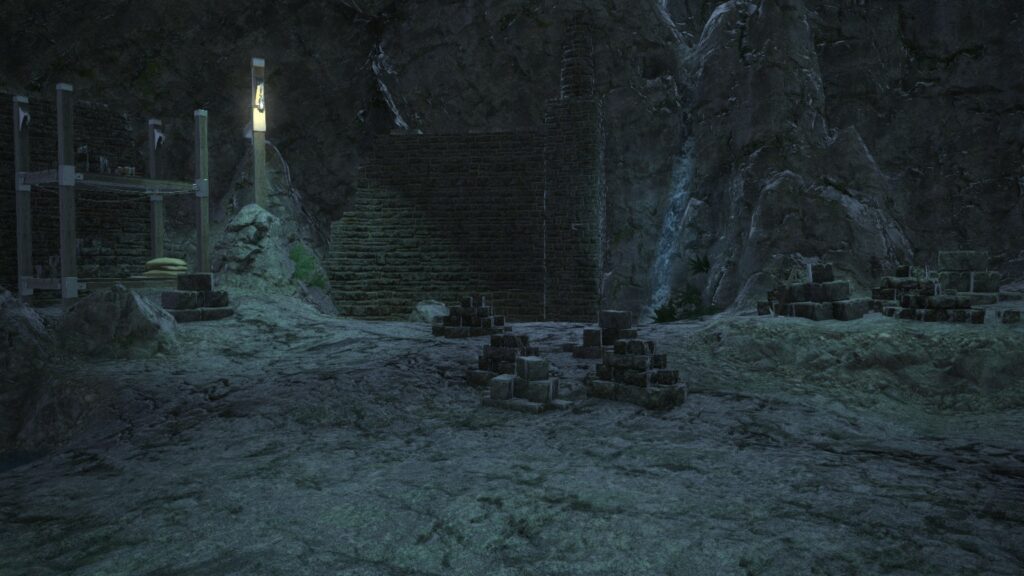
The Gullet
A wide open natural chamber, little evidence of the intended function of the Gullet was discernable during the team’s stay here. Judging by its name it may have been intended merely as a strongroom leading further into the Darkhold, as the gullet or oesophagus leads into the body.
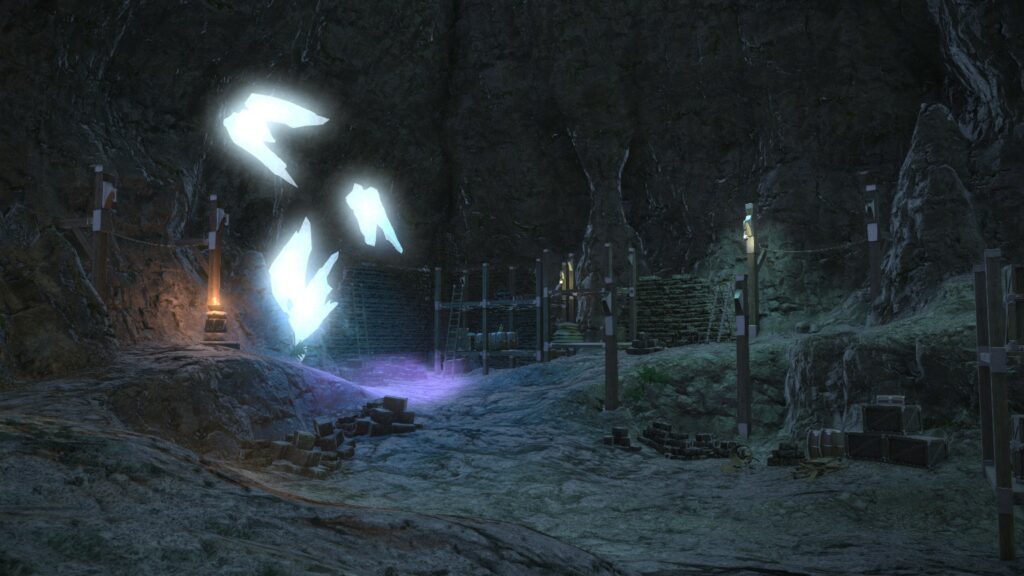
The Grand Hall
This large chamber was apparently intended to be the grand hall of the Darkhold, a central room that was used for eating, sleeping and sometimes even formal addresses by the commander or lord of the facility. It stands unfinished, as all of the Darkhold does, however.
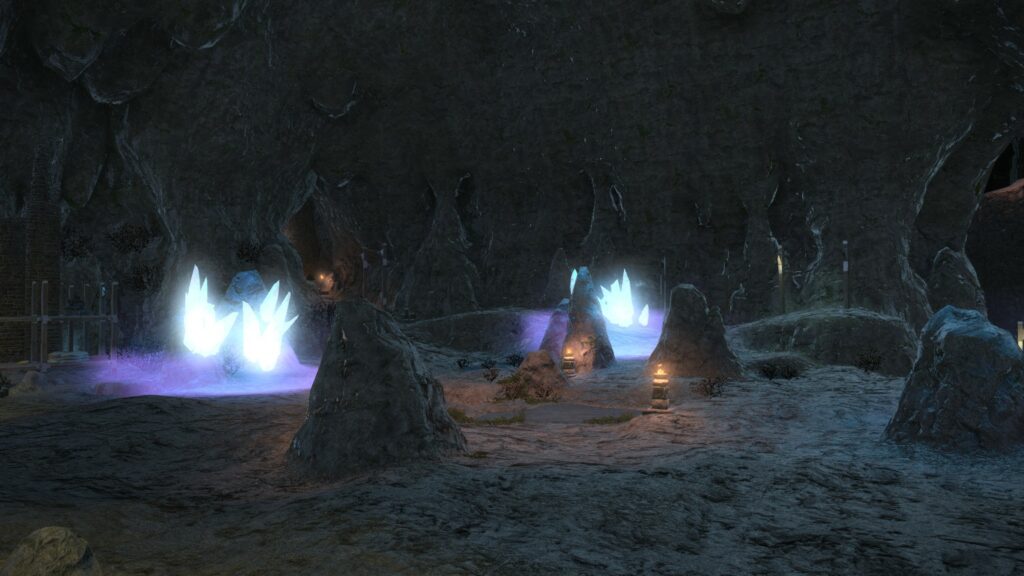
The Dragonbreath Falls
To pass further into the Darkhold the team had to employ magitek transporters left behind by the Garlean occupation in order to surpass a passage sealed by some form of odd stone webbing, likely placed by the Garleans to shelter them from the voidsent. The falls are a wide-open cavern with a series of waterfalls, dotted with crystals that seem to have been unbalanced aetherically somehow, releasing their energies in great gouts of flame. These flaming expulsions may have inspired the Dzemael forces to name the area as they did.
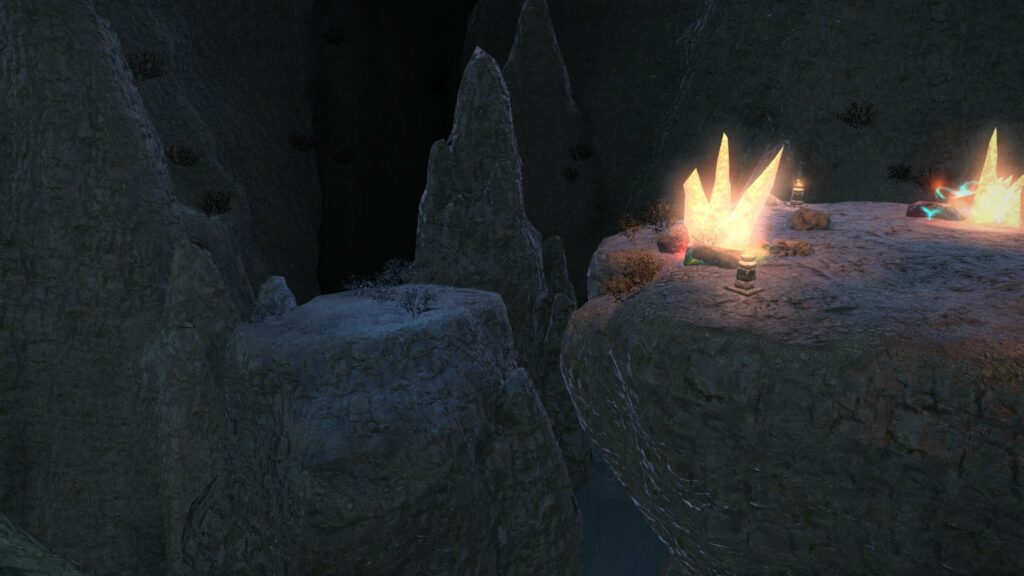
The Training Hall
The training hall of the Darkhold was presumably unfinished, as by the time the team arrived it was more or less a series of tiered pathways on a cliff. This structure may have been chosen to be developed into a training hall due to the nature of the Dragonsong War. Coerthas and Dravania are both characterized by mountainous or hilly terrain, so stamina training and the ability to fight uphill are extremely important.
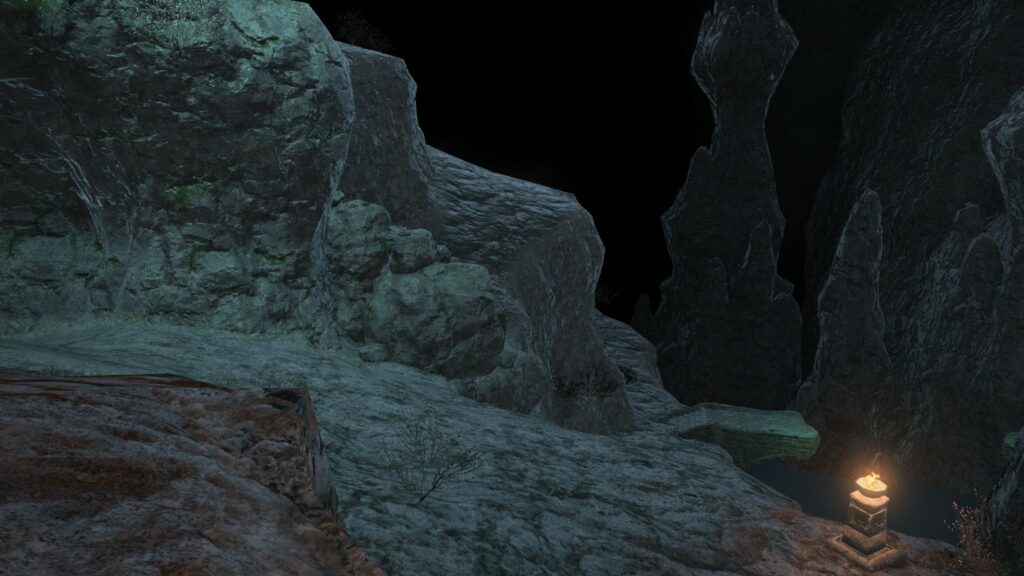
The Feasting Hall
This may have been intended as a secondary mess hall for the Darkhold, but it was little more than a pit fringed by bladed-barricades. It may also have been name, somewhat more grimly, in reference to the butchery and devouring of aether than met the defenders that tried to stand against the voidsent.
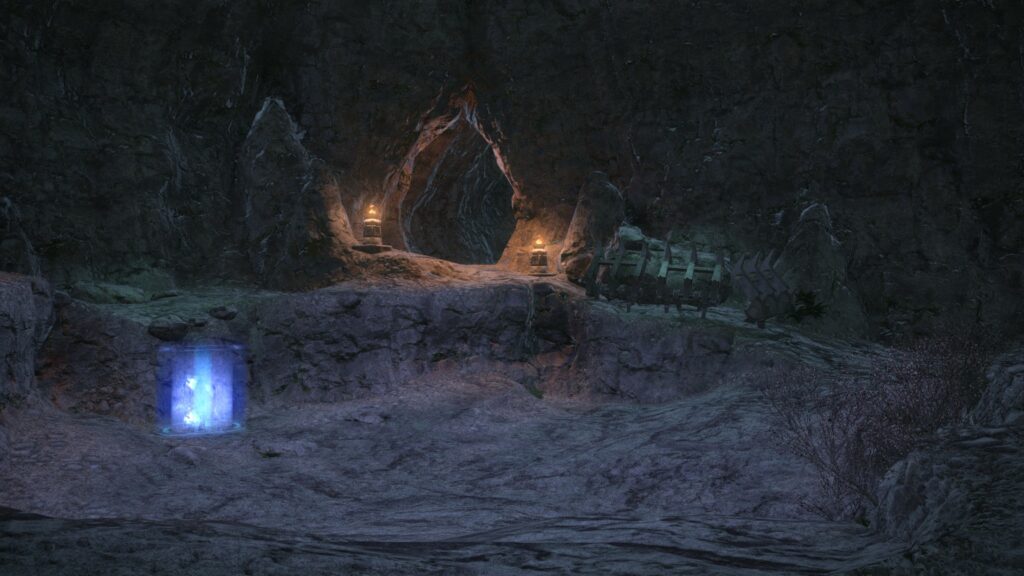
The Knight’s Quarters
This would have been where the knights of the Darkhold resided, those warriors of Ishgard granted a degree of prestige and command through their title. Multiple barricades guard the peripheries of the chamber, testifying to a valiant defense against the voidsent flood, although assuredly a failed one.
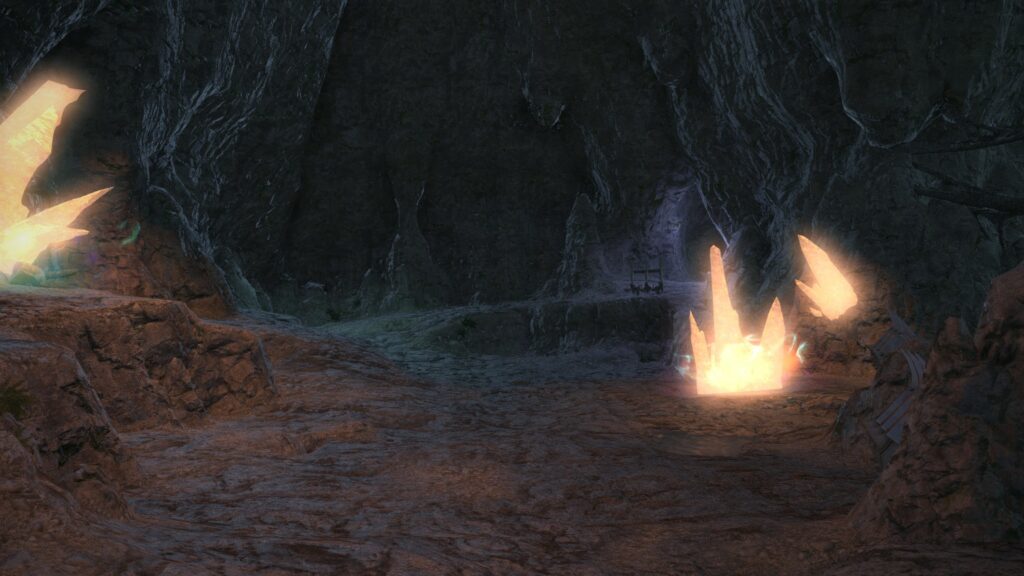
The Altar to Saint Daniffen
The zenith of the Darkhold was intended to be an altar, devoted to the Saint of the Twelve. Daniffen is a saint validated by the Council of Loetstym, a formalized process initiated by the Archon Loetstym Merlzirnsyn five hundred years ago that standardized canonization of saints of the Twelve and has met every seven years since in old Sharlayan. Daniffen was an iterant knight who was travelling the Velodyna River when he came upon a mighty basilisk and the countless petrified warriors it had already defeated. Regardless, Daniffen was a brave man and padded his vizor to blind himself temporarily that he might avoid the basilisk’s gaze, tracking and slaying it by hearing alone. This resulted in him being elevated as a saint of valor and one devoted to Halone. It is not surprising then that this saint is revered in the Darkhold, as no nation adores Halone more than Ishgard.
Etymology Notes: Daniffen is fairly openly a reference to Saint George, the patron saint of many things including soldiers, chivalry as well as the nations of England and Georgia.





Leave a Reply